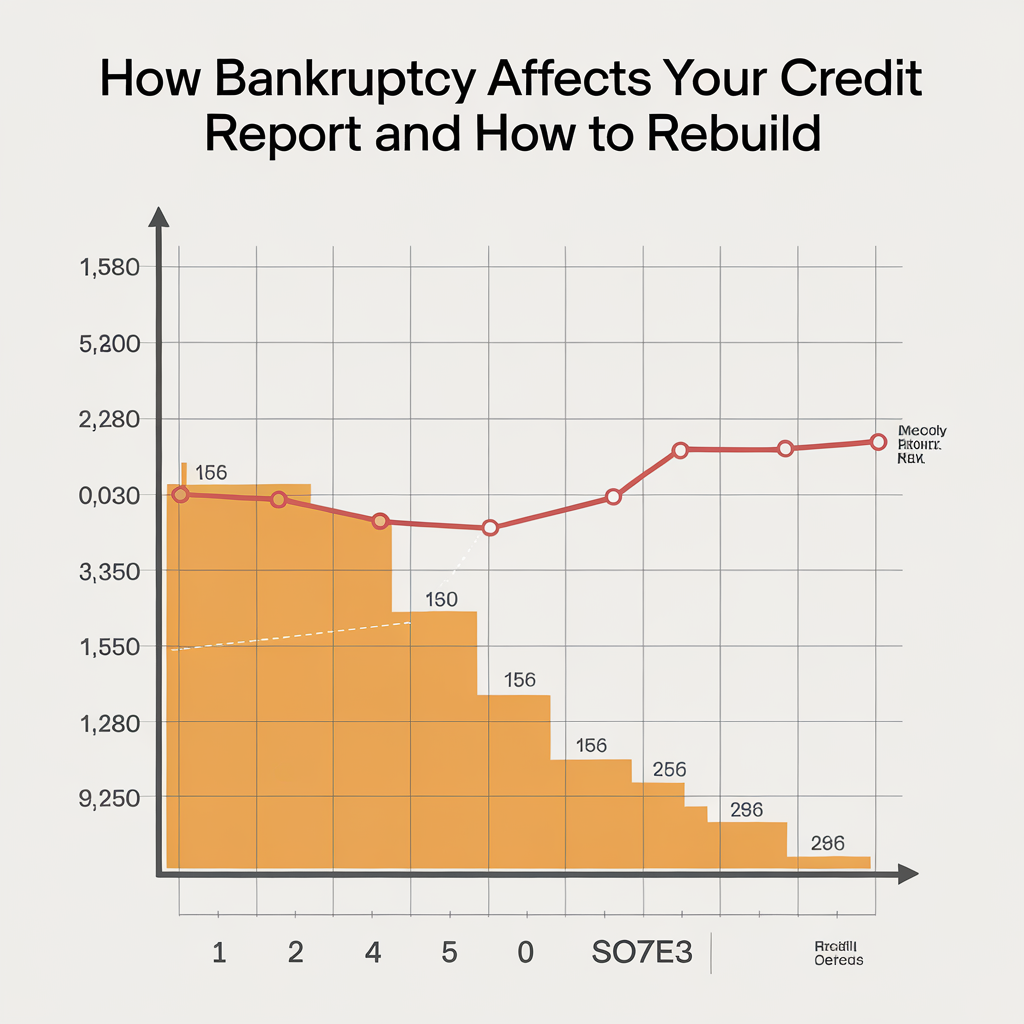Why Your Tax Refund Might Be Bigger in 2024
As we approach the 2024 tax season, many taxpayers are curious about the size of their upcoming tax refunds. You might be pleasantly surprised to learn that your refund could be larger this year, thanks to inflation-related adjustments to standard deductions and tax brackets for the 2023 tax year. Additional factors such as student loan interest, tax credits, new jobs, raises, investments, and more can also influence your refund amount. Read on to discover why your tax refund could be larger or smaller this year.
Why Would Your Refund Be Bigger in 2024?
Higher-than-usual inflation in 2023 triggered significant cost of living adjustments to tax brackets, standard deductions, and tax credits with income restrictions. Because of these adjustments, if your income remained the same in 2023 as it was in 2022, your tax bill might be slightly lower. Here’s how:
Larger Standard Deductions
For 2023, standard deductions increased by an average of 7% compared to 2022. If your income remains the same and you take the standard deduction instead of itemizing, you’ll have less taxable income in 2023.
For example, if you’re a single taxpayer, your standard deduction in 2022 was $12,950. In 2023, the standard deduction is $13,850. Assuming your income, tax credits, and other adjustments stayed the same year over year, your taxable income would be $900 less in 2023 than it was in 2022.
Tax Bracket Adjustments
Tax brackets have also changed. Here’s a rough sketch of how new tax brackets might affect your tax bill if you’re single with $110,000 in income. After subtracting the standard deductions for each year, you’re left with $97,050 in taxable income in 2022 and $96,150 in 2023.
In 2022, the tax brackets and corresponding taxes for a single taxpayer making $110,000 were:
- 10% on the first $10,275: $1,028
- 12% on $10,276 – $41,775: $3,726
- 22% on $41,776 – $89,075: $10,406
- 24% on $89,076 – $97,050: $1,763
Total: $16,923
In 2023, the tax brackets and corresponding taxes for the same income are:
- 10% on the first $11,000: $1,100
- 12% on $11,001 – $44,725: $4,047
- 22% on $44,726 – $95,375: $11,143
- 24% on $95,376 – $96,150: $186
Total: $16,476
A new standard deduction and tax brackets in 2023 save you roughly $447 on your federal taxes in this example.
Changes to Tax Credits and Deductions
Although 2023 didn’t see many sweeping changes, there are a few timely developments to keep in mind:
- Student loan interest deduction: After a three-year pause, student loan interest charges resumed in September 2023. If you paid student loan interest last year, you may be eligible for up to a $2,500 reduction to your taxable income.
- Earned income tax credit adjustments: Income limits for the earned income tax credit have been adjusted upward for 2023. A married couple with three children qualifies with an adjusted gross income of $63,398, versus $59,187 in 2022. Credit amounts are up as well, with a maximum credit of $7,430 for families with three or more qualifying children.
Other Reasons Your Refund May Be Larger or Smaller
Any changes to your income and withholding can affect the size of your return. Although they aren’t specific to 2023, the following factors may impact this year’s tax refund if they apply to you:
- You changed jobs or got a raise: When your income changes, your income taxes will too. Making more money could put you into a new tax bracket or disqualify you from certain tax credits; a pay cut could lower your tax bill.
- You changed your filing status: Whether you’re newly married, newly single, or a new parent, changes to your filing status affect your standard deduction—and therefore how much tax you owe.
- You changed your withholdings: Whether you had more money taken out of your paychecks or less, the amount of tax you had withheld directly affects how much you’ll receive as a refund (or owe).
- You had a business or side gig: You’re required to pay taxes on any net income you made running your own business or selling goods online or freelancing. If profits were up, you may owe more than expected. If you overestimated your business income, you may get some money back.
- You sold investments: When you sell an investment for more than you paid for it, the resulting capital gain is taxable. Capital gains apply to all kinds of investments, including stocks, mutual funds, real estate, collectibles, and cryptocurrency.
- You changed your retirement: Whether you upped your 401(k) contribution, opened an IRA, converted a traditional IRA to a Roth, or began taking retirement distributions, changes to your retirement can affect your taxes.
How to Prepare for Tax Season
You can’t claim a tax refund until you file your tax return, so preparation is key. Here are four basic steps to help you get ready and file:
1. Get Your Records in Order
Collect the documents you’ll need to prepare your taxes: W-2 forms from your employer, 1099 or 1099-INT forms, 1099-NEC forms for nonemployee compensation, and 1099-K forms from third-party payment networks you used to collect business payments.
Throughout the year, save receipts for deductible expenses and any correspondence you receive from the IRS or your state taxing authority.
2. Meet With a Tax Advisor
You might find working with a tax pro especially useful if you own your own business, itemize your deductions, make extra income doing a side gig, or have investments. Although tax preparation software (or your own individual know-how) may be enough to get you through the process, sometimes human support and guidance make a difference.
3. Get Online Help at IRS.gov
The IRS website offers a wealth of information and interactive help for taxpayers. Among the most useful:
- Set up an online account to schedule payments and apply for payment plans. You can also request tax transcripts and view key data from your most recent tax return.
- Use Free File to file your IRS tax return. You can get guided online tax preparation if your income is $79,000 or less. Free fillable forms are available for anyone.
- Get a six-digit identity protection PIN. An IP PIN prevents other people from filing a tax return with the IRS using your identity.
- Get answers to common tax questions using the Interactive Tax Assistant.
4. Track Your Refund
Once your taxes are filed, track your refund status using the IRS’ “Where’s My Refund?” online tool. Your refund status is typically available 24 hours after you e-file a current-year return; three or four days after you e-file a prior-year return; or four weeks after you file a paper return.
The Bottom Line
The only way to know for sure whether this year’s refund will be bigger or smaller is to complete your tax return. The fastest and safest way to receive your tax refund is through IRS direct deposit to a bank account. If you don’t have a checking account, consider the Experian Smart Money™ Digital Checking Account & Debit Card, which can help you build credit without debt by linking to Experian Boost®. Start building credit with eligible bill payments after three months of payments. See terms at experian.com/legal.
You can get your refund at maximum speed by filing electronically, choosing direct deposit, and making sure your tax return is accurate and complete. If you accidentally enter the wrong information or claim a deduction you aren’t entitled to, you may trigger an IRS inquiry that will slow your refund down. Start the process now so you can put the 2023 tax year in the books—and get your refund ASAP.
For any mortgage service needs, call O1ne Mortgage at 213-732-3074. Our team of experts is ready to assist you with all your mortgage requirements.







